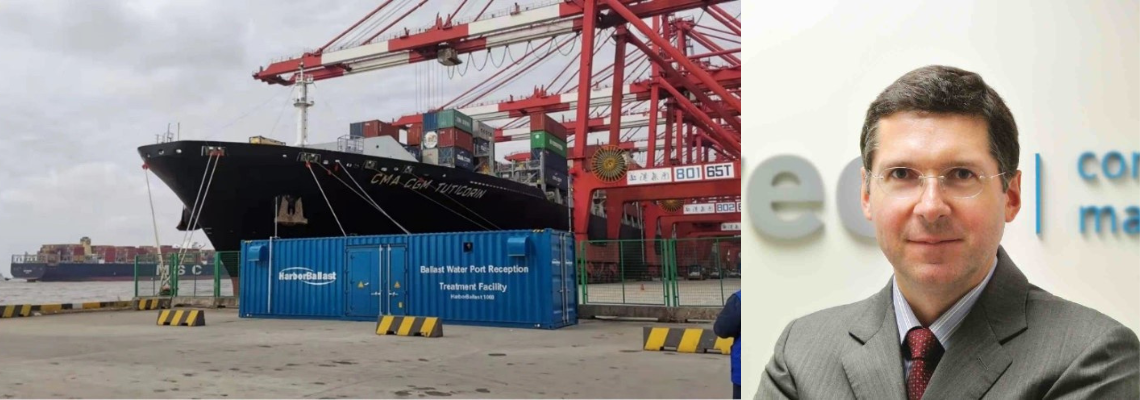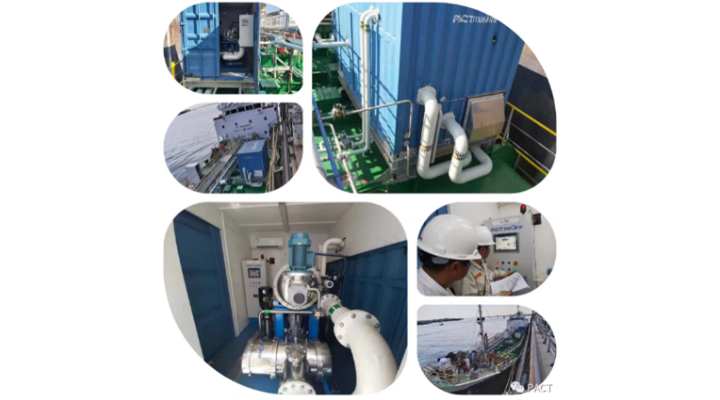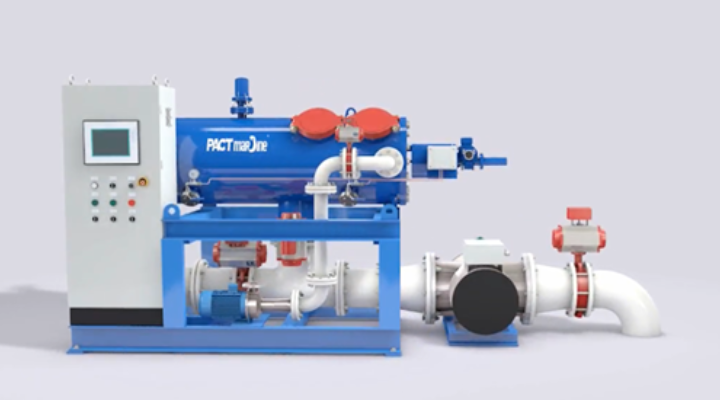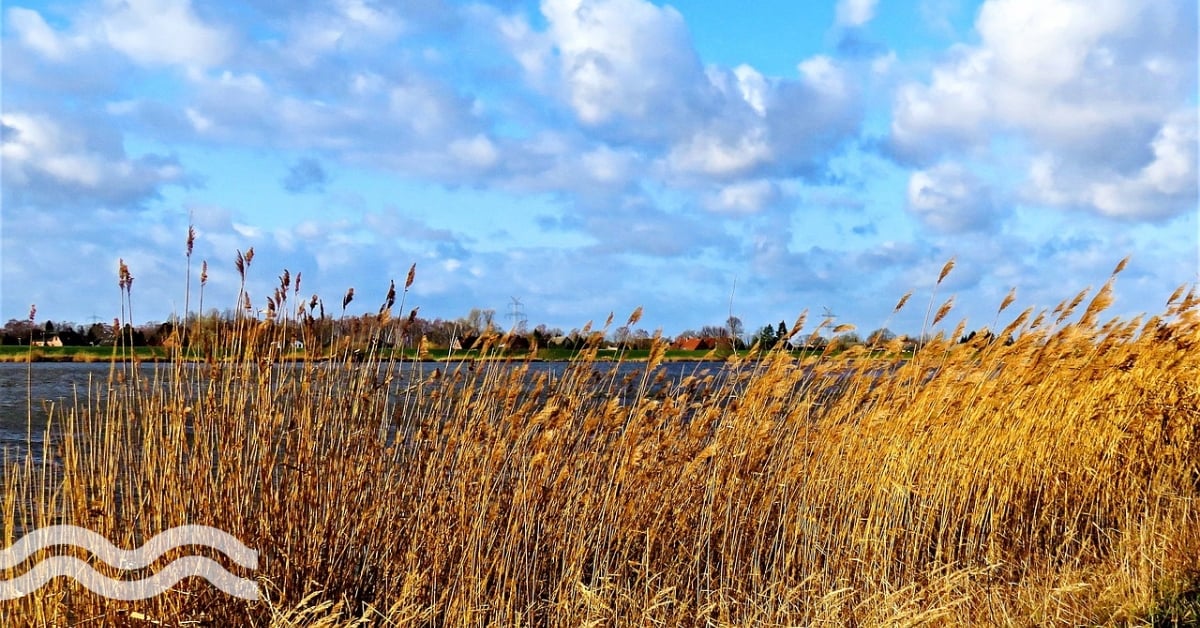Viewpoint: Navigating the ballast water treatment market in the seven seas
 Bruno Lhopiteau
Bruno Lhopiteau
Ballast water is essential for maintaining a ship's stability, but it can also introduce harmful aquatic organisms and pathogens. Bruno Lhopiteau, founder of Bluebee Technologies, writes about the importance of treating this water and the different methods available.
Ballast water treatment
On a rooftop bar in Bangkok,we met again. I had just hoisted the flag of our new Bluebee Tech office in the city, to better serve infrastructure and utility clients in Southeast Asia. He was sailing from Doha to Ho Chi Minh City, scouting out projects across the Seven Seas.
Shanghai had long been our port of call.
David Leung, the swashbuckling General Manager of PACT, a crew that designs, builds, and operates wastewater treatment plants for industrial and marine applications, was seated across from me.
We talked about shared clients, future expeditions, and the treasure trove of opportunities in ballast water treatment, one of his firm's specialties.
According to Leung: “Ballast water is essential for maintaining a ship's stability, but it can also introduce harmful aquatic organisms and pathogens from one region to another.
“The International Maritime Organization’s G8 regulation that came into force in 2017 requires ships to install on-board ballast water treatment (BWT) systems. Countries have also mandated ports to build Ballast Water Port Reception Treatment Facilities to serve ships with malfunctioning equipment and to meet local environmental regulations.”
 PACT’s Port BWT commercial application at Shanghai Yanshan port
PACT’s Port BWT commercial application at Shanghai Yanshan port
In 2016, PACT started developing solutions for both on-board and in-port ballast water treatment, derived from the company’s long industrial experience.
Prototyped in the port of Qingdao in China, the system received certification in 2020 and is now being used by several ports in China, such as Shanghai Yanshan.
PACT on-board BWT systems are widely used by shipowners in the Middle East and Asia. One of their special applications, deck-mounted, helps overcome limitations in engine room space and safety concerns, such as ex-proof consideration.

On-board vs. port solutions
I questioned Leung on the advantages of port versus on-board ballast water treatment.
He explained that onshore facilities could achieve better economy of scale due to being able to handle larger volumes of ballast water to be treated, with lower physical constraints, easier access to skilled personnel and online monitoring by local authorities.
They are also safer and more effective, Leung concludes.
“PACT has overcome the so-called t(0) challenge: our one-time process that can ensure a high volume of ballast water discharge is inactivated instantaneously (0.5-1 second).”
All in all, the two solutions are complementary: containerised, truck or barge-mounted port treatment facilities can supplement or replace onboard equipment when needed.
The clean ballast water can be reloaded by ships as fresh ballast water, it can also be reused in municipal seawater desalination plants. By use of this technology, precious fresh water can be transferred, as ballast water, to areas with water shortages.
“PACT has overcome the so-called t(0) challenge: our one-time process that can ensure a high volume of ballast water discharge is inactivated instantaneously (0.5-1 second),” said Leung.
PACT’s current priority in the marine business is to expand its network of distributors to be able to serve more clients.
Our next adventure
I congratulated Leung and his crew on their success based on technological innovation and business agility in tackling emerging markets. But, as always, I had treasures on my mind and the hour was getting late.
I asked how our firms could cooperate in ballast water, as we had done in the past for industrial water projects in the Far East.
We agreed that PACT would embed our digital Smart O&M into their plant package, as a system delivered to client, and into their operation services as a tool to manage O&M and demonstrate compliance.
The standardised design, the use of 3D models, the previous experience acquired together in other types of wastewater treatment plant, allow for a highly cost-effective Smart O&M solution to ensure the full traceability of O&M activities that regulatory authorities require.
And I promised I would feature Leung in my next oriental pirate adventure story…


